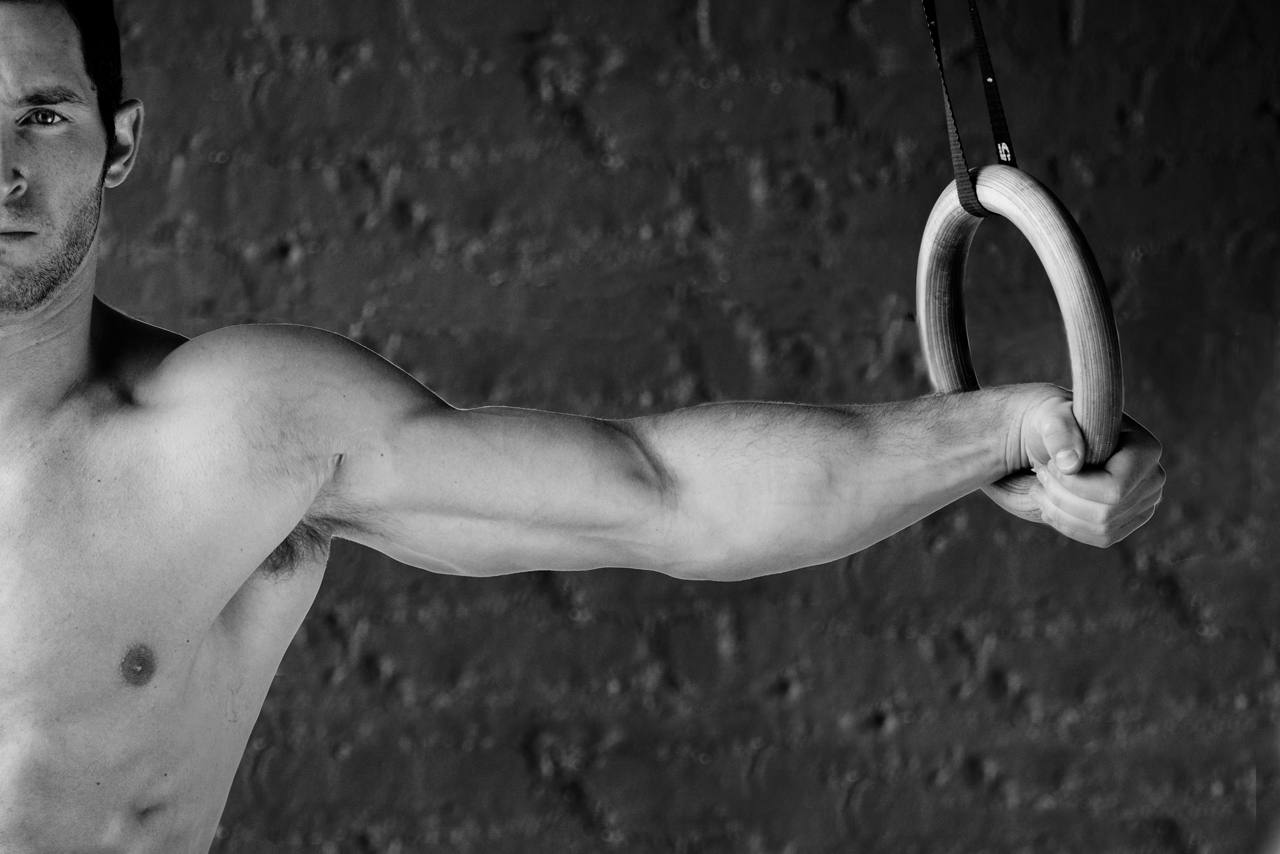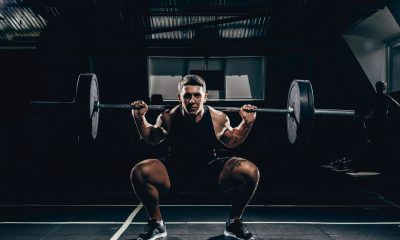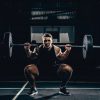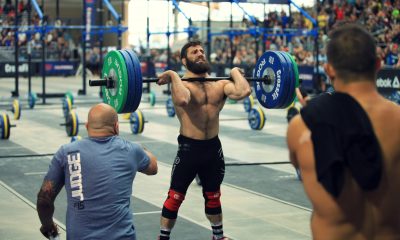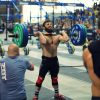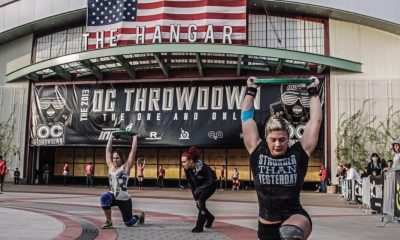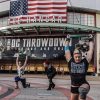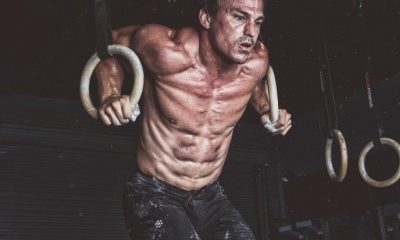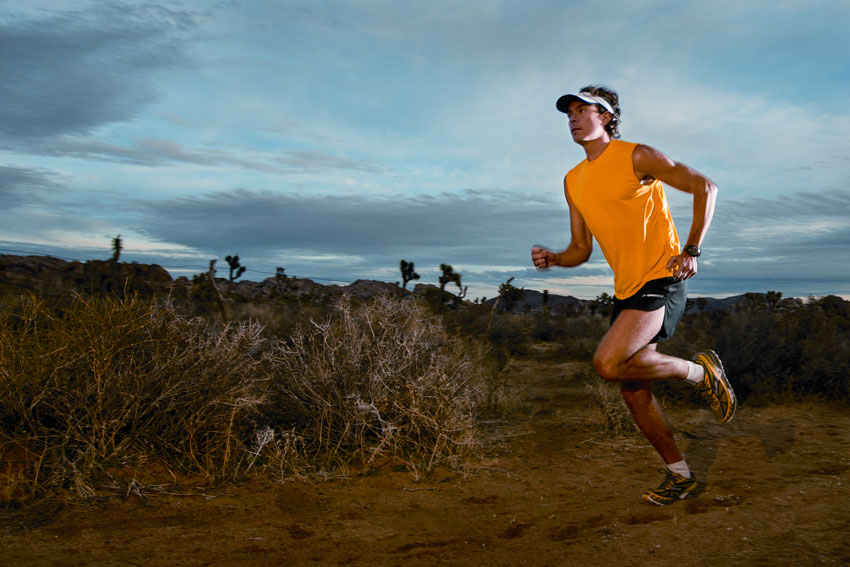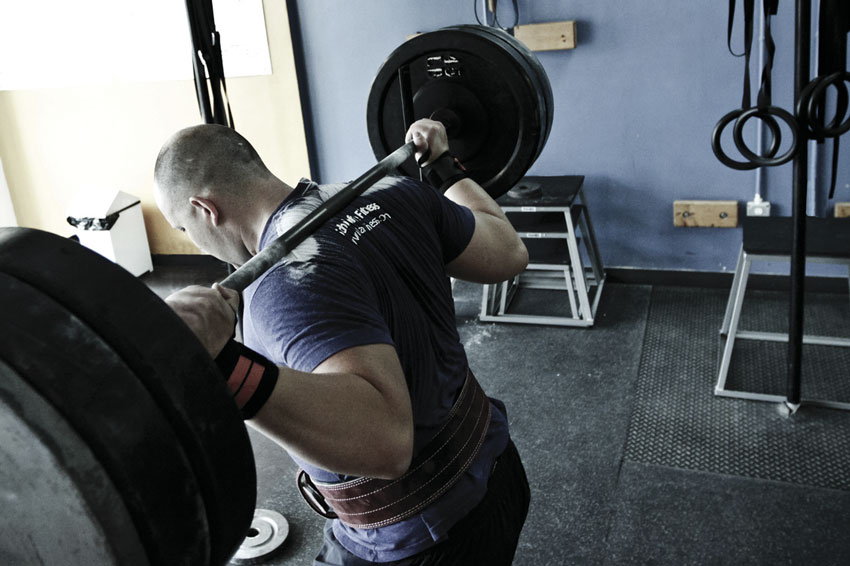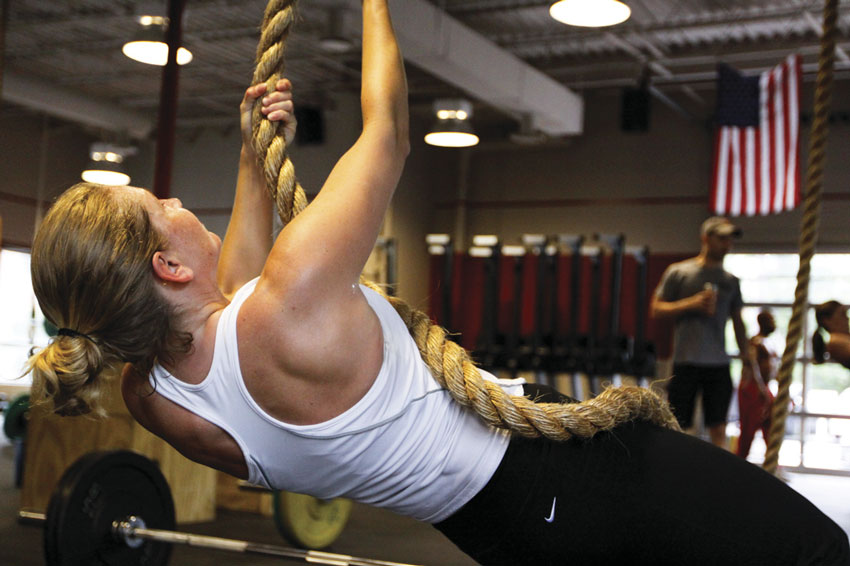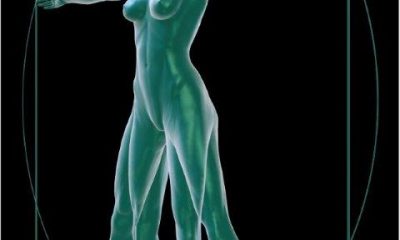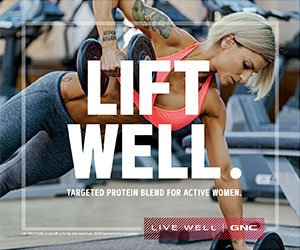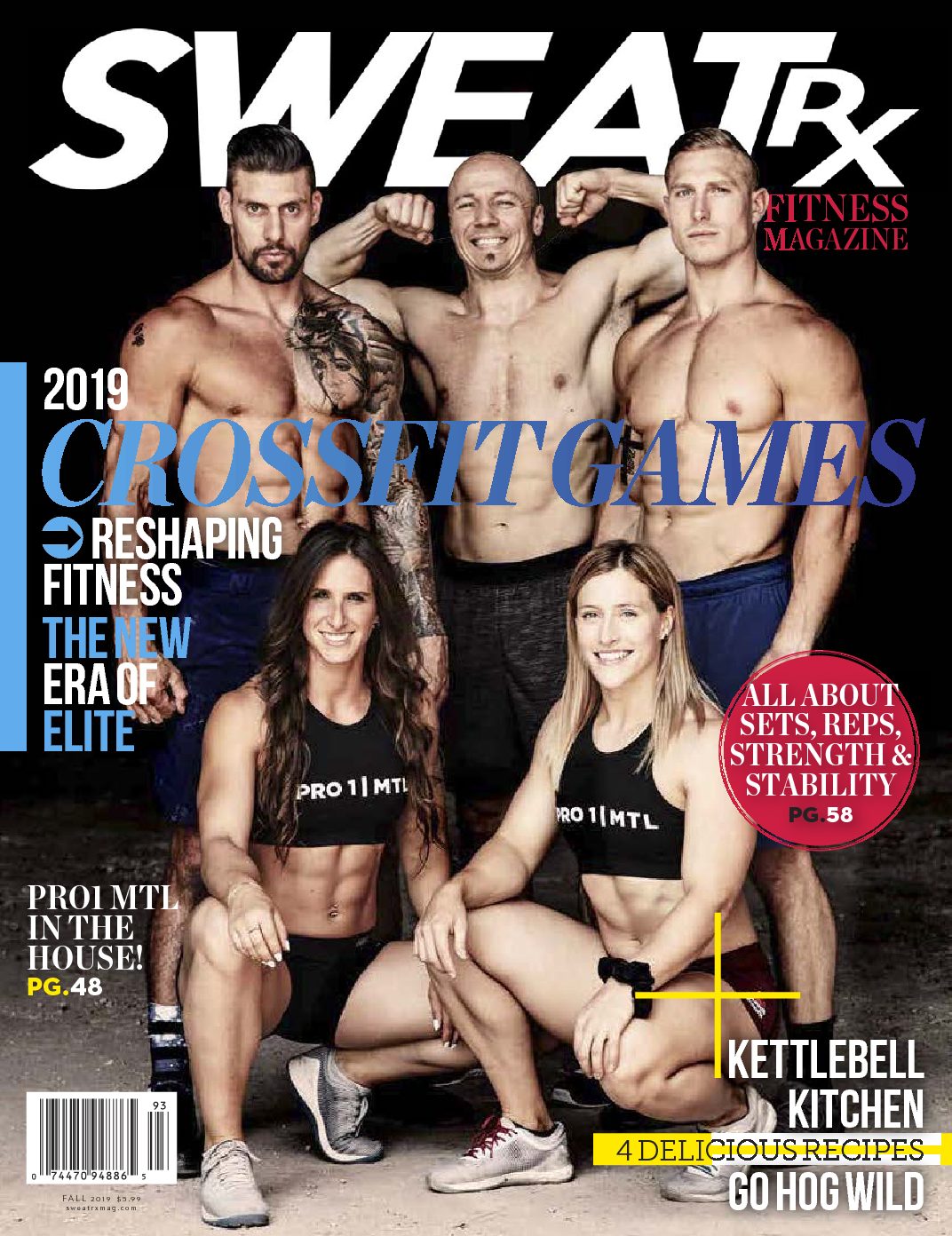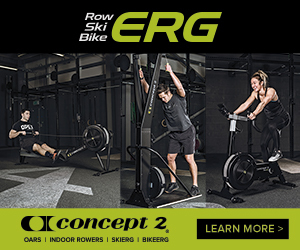Fitness
Move Like a Human, Perform Like a Beast. Kiss Your PRs Goodbye or Implement these 5 Pillars of Functional Training
By the time we’re eligible to vote, most of us have developed many essential skills, like filing a tax return, grilling a grass-fed steak, and remaining continent for extended durations. But if our vast array of modern injuries, ailments, and disorders have shown us anything, it’s that as we mature and gain new skills, our most basic functions often slip away from us.
Consider a seemingly fit middle-aged person walking into a CrossFit box for the first time. They might not be suffering any noticeable injuries, and they might feel fit because they can handle 45 minutes on a recumbent bike without drenching their t-shirt in sweat. But from the moment they attempt their first air squat, a complex chain of impingements and inhibitions in their movement becomes painfully apparent. Strangely enough, that shoddy-looking squat has nothing to do with inexperience; most toddlers are capable of squats so impeccable that Louie Simmons would shed a tear. It’s not that these movements are new; it’s that we’ve forgotten them. Because while our big human brains are busy studying, working, and surfing the net, our hunched-over bodies are losing their grasp on how they were meant to move.
Even high-level athletes are susceptible to basic movement disorders, often because their sport calls for an imbalanced focus on just one movement pattern while neglecting the others. “In collision sports like football and hockey, athletes are subject to contact injuries due to impact from other players,” says Alex Carnall, CSCS, a strength coach and former two-time All-American college outfielder for the University of Texas-Pan American Broncs. “But an athlete with unsound, compensatory or inefficient movement patterns, lack of adequate range of motion about joints, short or long muscles in the wrong places, or structural imbalances can expect to sustain non-contact injuries.”
While collisions are rare in a CrossFit box (assuming no one steals your preferred pull-up bar), anyone who likes to cherry-pick their favourite WODs while ignoring progression-based programming is a likely candidate for injuries of the non-contact variety, as they’ll be failing to train the full spectrum of movements their bodies require.
To help athletes master these movements, strength and conditioning coach Nick Tumminello, owner of Performance University and a trainer of fighters and other athletes, reworked a concept developed by JC Santana to emphasize five basic movement patterns that every athlete should incorporate into their training. “All sports, whether field, court, or combat, rely on specific movements for performance,” he says. “But all of those actions are derivatives of five basic pillars of human movement.”
5. Raising and Lowering Your Centre of Mass
There’s a reason why every day is legs day at CrossFit. Many coaches would argue that squatting is the most essential human movement and certainly the most basic way to raise and lower your centre of mass. “The squat is a general training exercise, and stronger legs will definitely help with everything you do,” Tumminello says. “But for performance, you also have to look at specificity. With a particular athlete, we want to look at how they’ll be raising and lowering their centre of gravity within their sport.”
Because he trains a lot of them, Tumminello is interested in how a fighter moves in the ring. “They’re going to be standing in a split stance and ducking punches as opposed to full squatting,” he says. “We still prescribe basic compound movements like squats and deadlifts, but we also look at an athlete’s given sport and prescribe exercises that improve their performance within those particular force-generation patterns.”
Tweak your WOD: CrossFit already includes plenty of squatting in the form of back squats, front squats, overhead squats, and air squats, so try adding a unilateral component through single-leg squatting variations like pistols.
SIDEBAR
What’s Missing from Your WOD?
Your deadlift is steadily climbing, your sprint times are dropping, and your Oly lifts are getting crisper every day. So what’s missing from your training that could eventually slow your roll? “The most overlooked movement pattern in Crossfit would be rotational,” says Andrew Schizas, co-owner of CrossFit Cordis in Oakville, Ontario. “To shore up this component, athletes can throw in more sledgehammer work and single-armed movements.” Schizas adds that the shot put throw would be a worthy addition to the next CrossFit Games, as it offers an ideal combination of rotational strength and skill.
CAPTIONS
Rotation
Many staple CrossFit movements lack a rotational component, so add rotation-based movements like medball throws to your warm-up, or practice discus or shot put throws on an off day.
Pushing
Vertical pressing movements like push presses teach your chest and shoulders to work in unison with your hips and core, and handstand and one-arm push-ups are important skills for any athlete.
Pulling
If you spend a lot of time sitting, make sure your programming includes plenty of horizontal-pulling movements like ring rows to offset the negative effects.
Locomotion
Get moving on your off days with activities like climbing, swimming, hiking or biking, but make sure any locomotion movements in your WOD are performed at an all-out sprint.
Raising and Lowering Your Centre of Mass
Squatting is king, but athletes who want to avoid injuries shouldn’t neglect single-leg and sports-specific variations of this time-tested strength booster.


